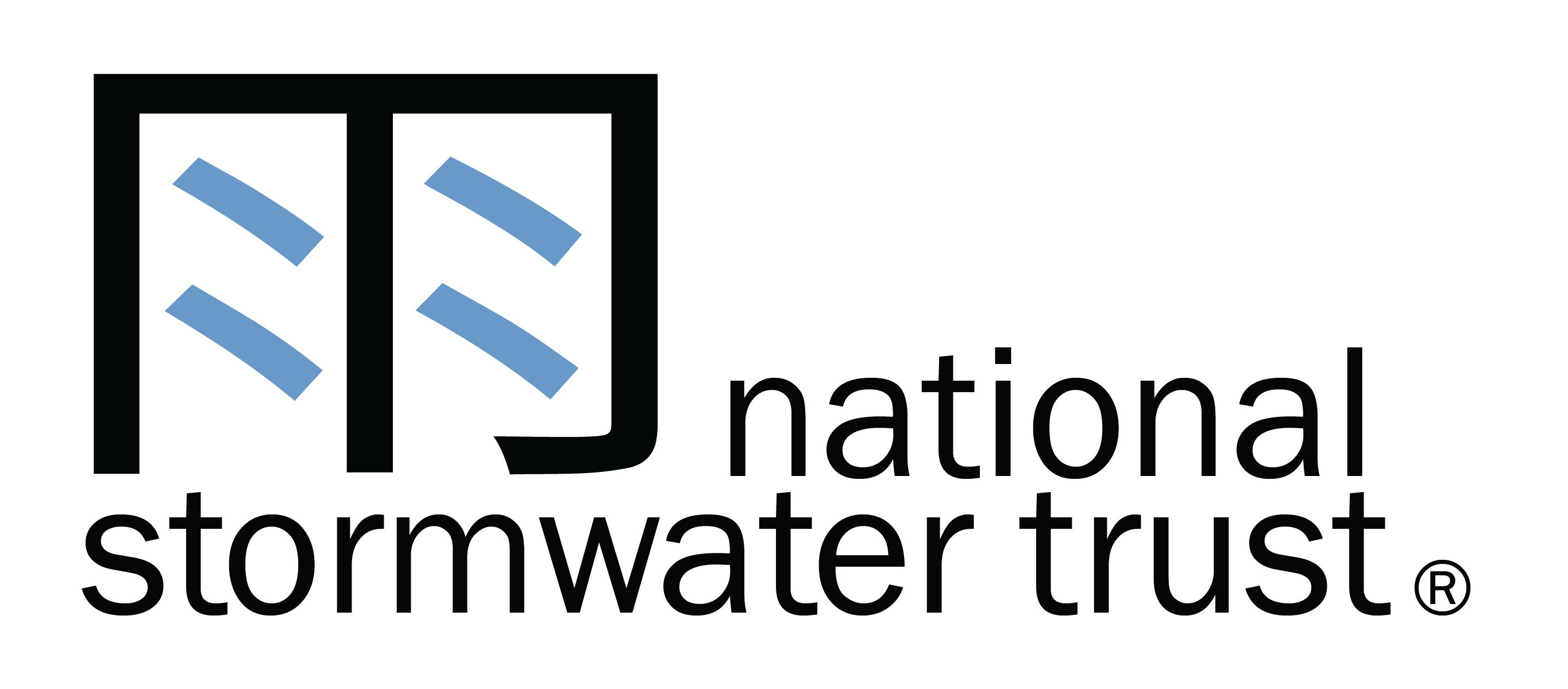With the implementation of Florida’s updated stormwater rule, design flexibility has increased—particularly through the use of off-site compensatory treatment and Regional Stormwater Management Systems (RSMS). However, these strategies may lead to the discharge of partially treated stormwater runoff to wetlands.
While this approach offers permitting efficiency, it also raises a key technical question:
How do we demonstrate that a wetland has the assimilative capacity to receive this runoff without causing an adverse impact?
📜 Regulatory Background: Rule 62-611, F.A.C.
The good news is wetlands are consumers of nutrients. In fact, wetlands need nutrients to thrive. The issue is determining the total amount of nutrients that can be assimilated by a wetland system while remaining within healthy limits. The answer lies in Chapter 62-611, F.A.C., Florida’s Wetlands Application Rule, which outlines procedures to evaluate wetland assimilative capacity. Originally developed for wastewater treatment wetlands, this rule can also be applied to stormwater discharges—especially in the context of project designs that discharge partially treated runoff to natural wetlands while using off-site compensatory treatment within the same watershed.
🔬 Key Wetland Capacity Criteria
Rule 62-611 sets specific hydraulic and nutrient loading limits for discharges to artificial treatment wetlands and natural (receiving) wetlands. We will use the more stringent limits for natural wetlands in this procedure:
– Hydraulic Loading:
≤ 2 inches/week (annual average)
Detention Time: > 14 days (annual average)
– Nutrient Loading (Assimilative Capacity)
Total Nitrogen (TN): < 25 g/m²/year
Total Phosphorus (TP): < 3.0 g/m²/year
– Discharge Limits:
To Receiving Wetlands: TN = 3 mg/L, TP = 1 mg/L
🚧 How This Applies to Projects
Typical event mean concentrations (EMCs) for project runoff are already below the discharge limits. For example, the EMCs for roadway projects are:
– TN: 1.52 mg/L
– TP: 0.20 mg/L
This means that for many projects, discharges to wetlands may comply with Rule 62-611 without additional nutrient treatment, as long as the wetland has sufficient assimilative and hydraulic capacity.
📌 Why This Matters
By applying the wetland assimilative loading criteria under Rule 62-611, engineers can demonstrate regulatory compliance for wetland discharges from partially treated stormwater systems. This can support more cost-effective stormwater designs, reduce the need for additional BMPs or treatment infrastructure, and allow the use of off-site compensating treatment to achieve full compliance with the new, more stringent performance criteria later this year.
📂 Downloadable Design Example
To help illustrate this approach, we’ve provided a downloadable spreadsheet example that walks through the process of evaluating a wetland’s assimilative and hydraulic capacity for a representative stormwater discharge scenario. Note that other developments that discharge to the same wetland system may add to the cumulative loading, so provisions for calculating this loading are included in the spreadsheet.
📥Download the Design Example Spreadsheet
🧰 Tips for Stormwater Engineering Consultants:
– Use Rule 62-611 procedures to evaluate wetland assimilative loading capacity.
– Ensure discharge concentrations and loading rates from your project are within allowable thresholds for the receiving wetlands.
– Consider the cumulative loading from other developments within the same basin that may discharge to the same wetlands.
– Larger wetland systems are more likely to assimilate additional nutrient loading without adverse impact.
– Coordinate with the WMD early in design to confirm consistency with the ERP Rules and Applicant’s Handbook.
